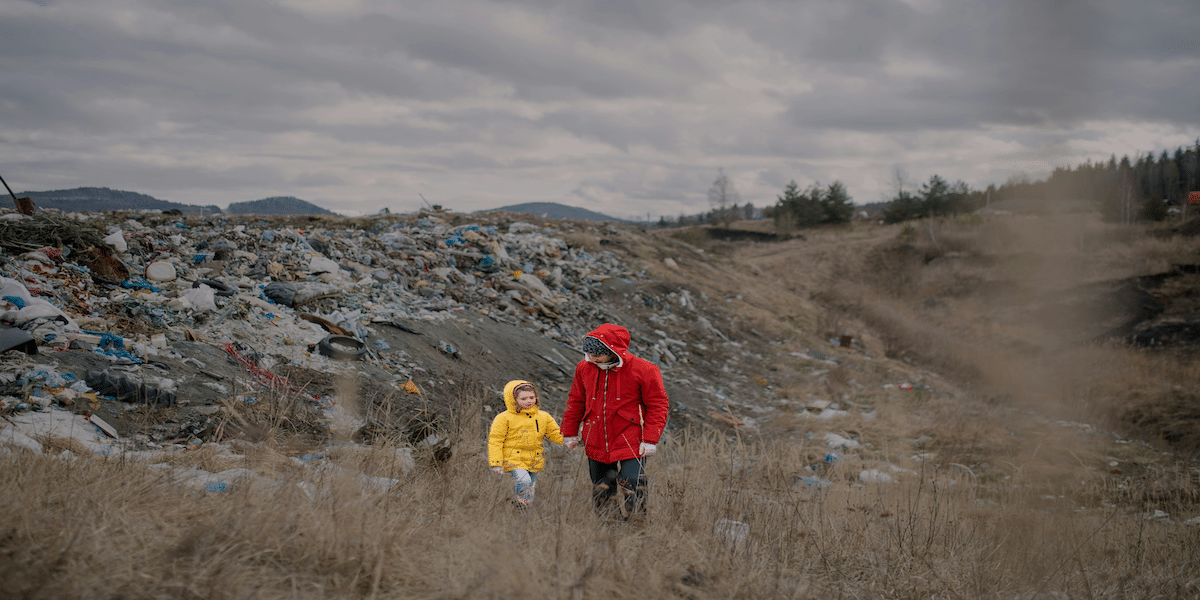Children Left Unidentifiable After Turkey’s Earthquake to Missing Children in America — What Can Be Done to Prevent This From Happening Again?
Image commercially licensed from Unsplash
Injured children being treated at a hospital in Adana, Turkey, are too young to know how much they have lost since the 7.8 Richter earthquake that hit southeastern Turkey and Syria on Monday, 02/06. A BBC correspondent in Turkey watched doctors in the intensive care unit as they bottle-fed an injured six-month-old girl whose parents remain missing.
And this is just one of the hundreds of cases of unidentified children whose parents are dead or impossible to locate. In addition to their homes and people, the earthquake also deprived them of their names.
According to the BBC, there are hundreds more cases of unidentified children whose parents are dead or cannot be tracked.
Because of the shock, many of these children are unable to speak. However, according to the doctors, they know their names, and once their condition stabilizes, the experts will try once more to extract even the tiniest clue.
Health officials are trying to match the unnamed children with the addresses where they were located. Often, however, the addresses are nothing but ruins. Turkish social media has been flooded with images depicting missing children, detailing the floor they were living on in fallen buildings, and expressing hope that they were rescued and sent to a hospital.
Surviving families and health ministry personnel move between medical facilities to locate them. The injured continue to arrive at the Adana hospital. They are both stunned and fatigued. Everyone here, including patients and physicians, is a survivor. It should be remembered, however, that the official death toll in Turkey up to this point is 24,150.
Children who are isolated from their loved ones during and after a crisis are more vulnerable to trauma. Dealing with worry and stress is considerably more challenging in the absence of individuals who are familiar with the child’s specific requirements. Children who are separated from their parents or legal guardians are at a higher risk of mistreatment, abuse, abduction, and sexual exploitation.
Reminiscent of Hurricane Katrina, that devastated the United States Gulf Coast ten years ago and killed 1,833 people, displacing over one million people, and forcing over 300,000 students to enroll in new schools throughout the country – some of which were located far from the places they formerly knew.
Following the aftermath of Hurricane Katrina, the National Center for Missing & Exploited Children (NCMEC) assisted in the resolution of 5,192 missing child cases involving children who the disaster had displaced. As a result of the hurricane, 705 persons are still missing.
Families with missing children utilize any and all methods, including social media, to spread the news about their child’s absence, particularly when they believe they are not receiving adequate attention or assistance from local media.
Despite technological advancements that have provided law enforcement with new tools and resources, such as advanced forensic analysis, facial recognition software, and GPS tracking, the large number of missing children continues to pose a significant challenge for police officers and the FBI in terms of quickly and effectively locating them.
For Kelly Ann Granell, a mother of 6 herself and award-winning recipient of the Chief of Police Excellence Award for her work with at-risk adolescents, this problem became the core of her concern. She channeled her deep knowledge and maternal instincts into an emergency pack that might assist in reducing the time it takes to find lost children.
The Be Your Child’s First Responder instructional kit is meant to allow others and law police to have an exact description of their kid and can find a missing child using DNA, voice records, and fingerprints. When a kid is located, the kit makes it simpler and faster for children to be reunited with their parents and families. This is because they can match the found newborn, toddler, kid, or teen’s photos, sounds, fingerprints, and DNA.
In times like this is when people understand the importance of prevention and preparation in case of an emergency. Be Your Child’s First Responder’s primary goal is to prevent situations like this and make the reconnection of missing children with their families more straightforward and faster. Records of DNA and fingerprints can be crucial for this. Learn more about the kits that Be Your Child’s First Responder has made and how they can help with missing children cases.

